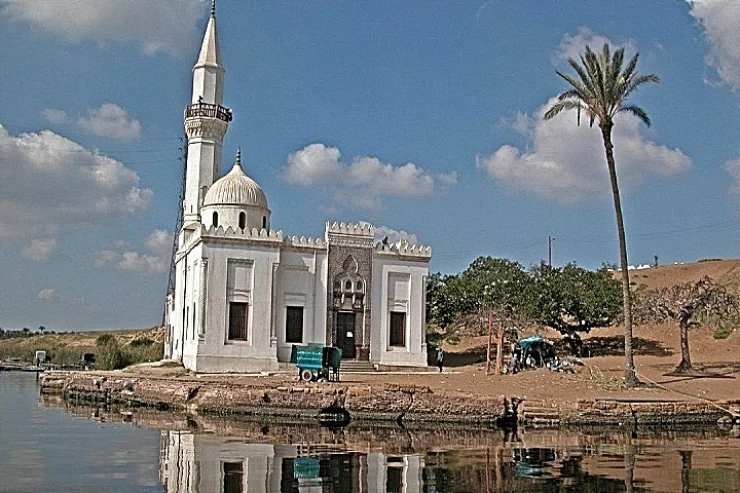
Graeco Roman Museum in Alexandria
Graeco Roman Museum in Alexandria
The Greco-Roman Museum is one of the oldest museums in the world, and the idea of establishing it dates back to the Italian archaeologist Giuseppe Botti (1891), who proposed that a place be set aside to preserve the archaeological discoveries in Alexandria.
The current museum was built by German engineer Dertisch and Dutch engineer Leon Stenon, in the style of Greek buildings, and opened for the first time during the reign of Khedive Abbas Hilmi II. The museum has 6,000 artefacts on display. The first floor includes the antiquities of Greece before the arrival of Alexander the Great, then the exhibits evolved to the post-Alexander period, passing through the other Roman, Ptolemaic, Byzantine and Coptic civilisations.
Development of the Greco-Roman Museum
New sections have been created on the second floor of the museum to highlight the cultural and artistic trends between the ancient Egyptian, Greek, Roman and Coptic civilisations, as well as the form of daily life in those eras. The museum houses 6,000 different objects, 4,000 of which have never been exhibited before, most notably the Isis Varia statue, which is located separately in the museum's outer foyer and is one of the largest exhibits, weighing 22 tonnes. The statue is divided into three pieces, two parts of which were found among the sunken artefacts in Alexandria.
A mosaic of Greek Nile celebrations has been restored, and a large part of the second floor is dedicated to ancient coins, with the aim of highlighting the economic level of civilisations. The museum has a large library with 12,400 rare books on Greek and Roman civilisation.
The late architect Farouk Al-Jahouri "developed modern ways to save the building, and added another floor with a glass design, which suits the old foundations" after the Greek Museum's building suffered significant damage that nearly jeopardized the safety of its contents and groundwater affected the building's foundations and wall cracks.
For the restoration project to commence, the structure was shut down in the year twenty-oh-five. However, actual commenced work in the year two thousand nine but was interrupted in the year two thousand eleven owing to the absence of requisite funds. The closure of the museum in the year 2005 gave room for the commencement of the renovation process repair works initiated in the year 2009 and financed until 2011. And, just two days prior, in 2018, this project was back in action and open to the public.
















